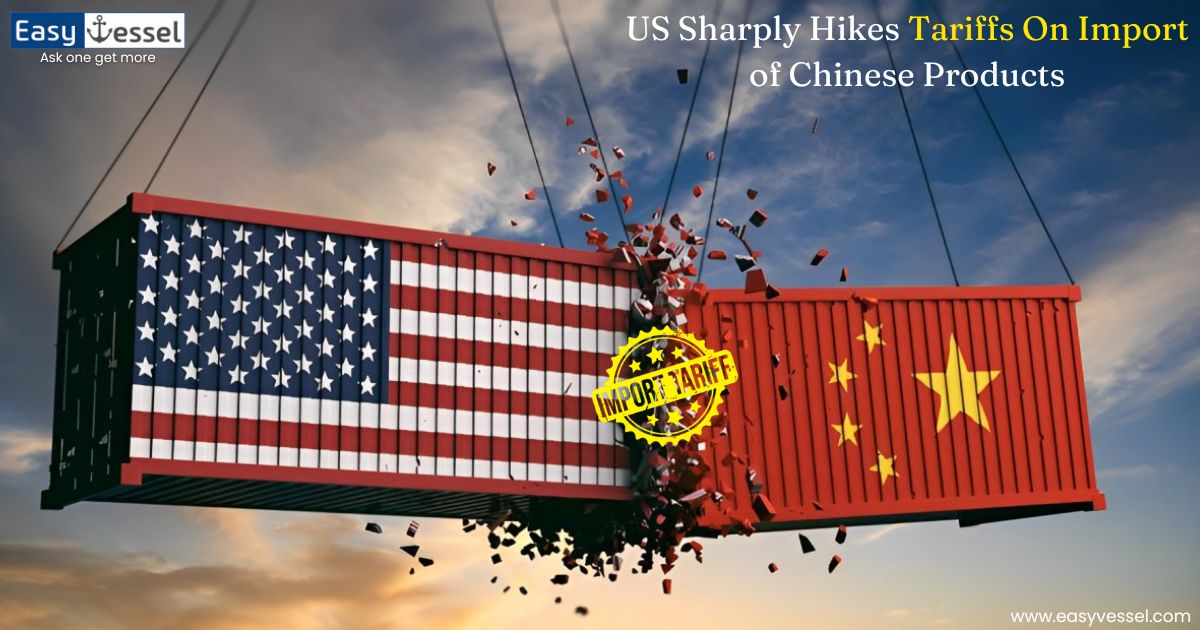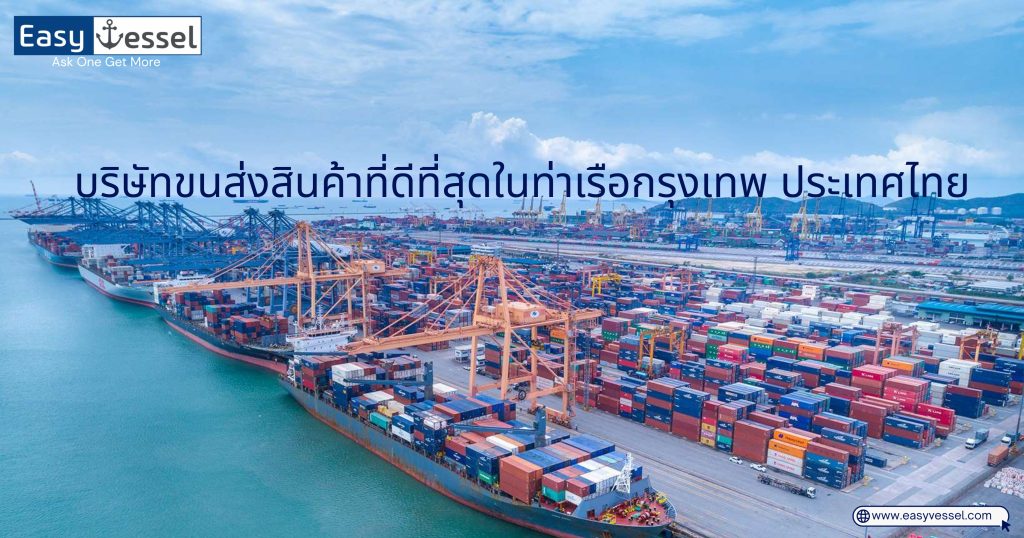- President Joe Biden’s recent proposal to increase tariff on various Chinese imports, including electric vehicles (EVs), batteries, and medical supplies, could create significant opportunities for Indian exporters.
- A senior government official, who requested anonymity, suggested that this move might allow Indian businesses to expand their export markets and boost competitiveness in these sectors due to the shifting global trade dynamics.
- Addressing concerns that India might become a dumping ground for Chinese goods following the US tariff hikes.
- The official reassured that India has robust mechanisms to manage such risks.
- The country is strengthening its EV production capabilities and overall EV ecosystem.
- Recent policy changes reflect this strategy, such as the March revision that reduced import taxes on specific EV models from 100% to 15%, contingent on manufacturers committing $500 million and establishing a factory in India.
- On Tuesday, the White House raised tariffs on Chinese EVs from 25% to 100%, doubled tariffs on solar cells from 25% to 50%, and tripled duties on certain steel and aluminum products.
- The US also increased tariffs on non-lithium-ion battery components from China from 7.5% to 25% and introduced a 25% tariff on previously untaxed Chinese products like face masks, critical minerals, and ship-to-shore cranes.
What Led to the Tariff Increase?
President Biden’s decision to hike tariffs is part of a broader strategy to address longstanding issues with China’s trade practices. Key concerns include:
Trade Imbalances: The significant trade deficit between the US and China.
Economic Security: Ensuring the resilience and security of critical supply chains, particularly in technology and manufacturing sectors.
Scope of the Tariff Hike
The tariff increase targets a diverse array of products, including:
Consumer Electronics: Smartphones, laptops, and other gadgets.
Industrial Goods: Machinery, equipment, and raw materials.
Textiles and Apparel: Clothing and fabric imports.
Automotive Parts: Essential components for vehicle manufacturing and maintenance.
Impact on Industries and Consumers
The tariff hike will likely have a ripple effect across multiple sectors:
Higher Costs for Businesses: Companies relying on Chinese imports may face increased costs, potentially leading to higher prices for consumers.
Supply Chain Adjustments: Businesses might seek alternative suppliers, potentially boosting local manufacturing or diversifying import sources.
Consumer Prices: Everyday items, such as electronics and clothing, could see price hikes as importers pass on the additional costs to consumers.
Geopolitical Implications
This move by the Biden administration signals a firm stance in geopolitical strategy, underscoring a commitment to protecting American economic interests and pressuring China to adhere to fair trade practices. Additionally, it may strengthen alliances with other nations affected by Chinese trade policies, fostering a more united front.
Future Prospects and Reactions
The response from China is critical and could range from retaliatory tariffs to negotiations aimed at easing tensions. The global market will be closely watching for:
Retaliation: Potential countermeasures by China that could escalate the trade conflict.
Negotiations: Efforts to reach a new trade agreement addressing the underlying issues.
Market Reactions: Fluctuations in stock markets and global trade patterns as stakeholders adjust to the new tariffs.
Conclusion
President Biden’s substantial increase in US tariffs on Chinese imports represents a major shift in trade policy, targeting deep-seated economic and security issues. Although this move may result in higher costs for businesses and consumers, it also has the potential to reshape trade dynamics and promote fairer practices. As the situation unfolds, it will be essential for companies and consumers to stay informed and adaptable. Indian exporters, in particular, might find new opportunities to expand their markets and boost their competitiveness in this changing trade environment.
Easyvessel is the best way to connect importers and exporters with multiple freight forwarders to get the best and lowest freight rates worldwide with 0% commission.
References:
-
President Biden Takes Action to Protect American Workers and Businesses from China’s Unfair Trade Practices [1].
Frequently Asked Questions
The tariff rates on imports from China vary by product. Recent changes include an increase in tariffs on electric vehicles from 25% to 100%, solar cells from 25% to 50%, and certain steel and aluminum products by threefold. Additionally, tariffs on non-lithium-ion battery components rose from 7.5% to 25%, and previously untaxed products like face masks, critical minerals, and ship-to-shore cranes now face a 25% tariff.
Economists’ models indicate that unilateral US action against Chinese imports with tariff rates of 30%, 45%, and 60% would reduce US manufacturing employment by 1.3%, 1.8%, and 2.15%, respectively.
US tariffs on Chinese imports range from 7.5% to 100%. Electric vehicles face a 100% tariff, solar cells 50%, and certain steel and aluminum products up to 75%. Non-lithium-ion battery components, face masks, critical minerals, and ship-to-shore cranes are at 25%. Additionally, these tariffs address trade imbalances and security concerns. For specific rates, check the latest updates from U.S. Customs and Border Protection (CBP) or the Harmonized Tariff Schedule (HTS).




